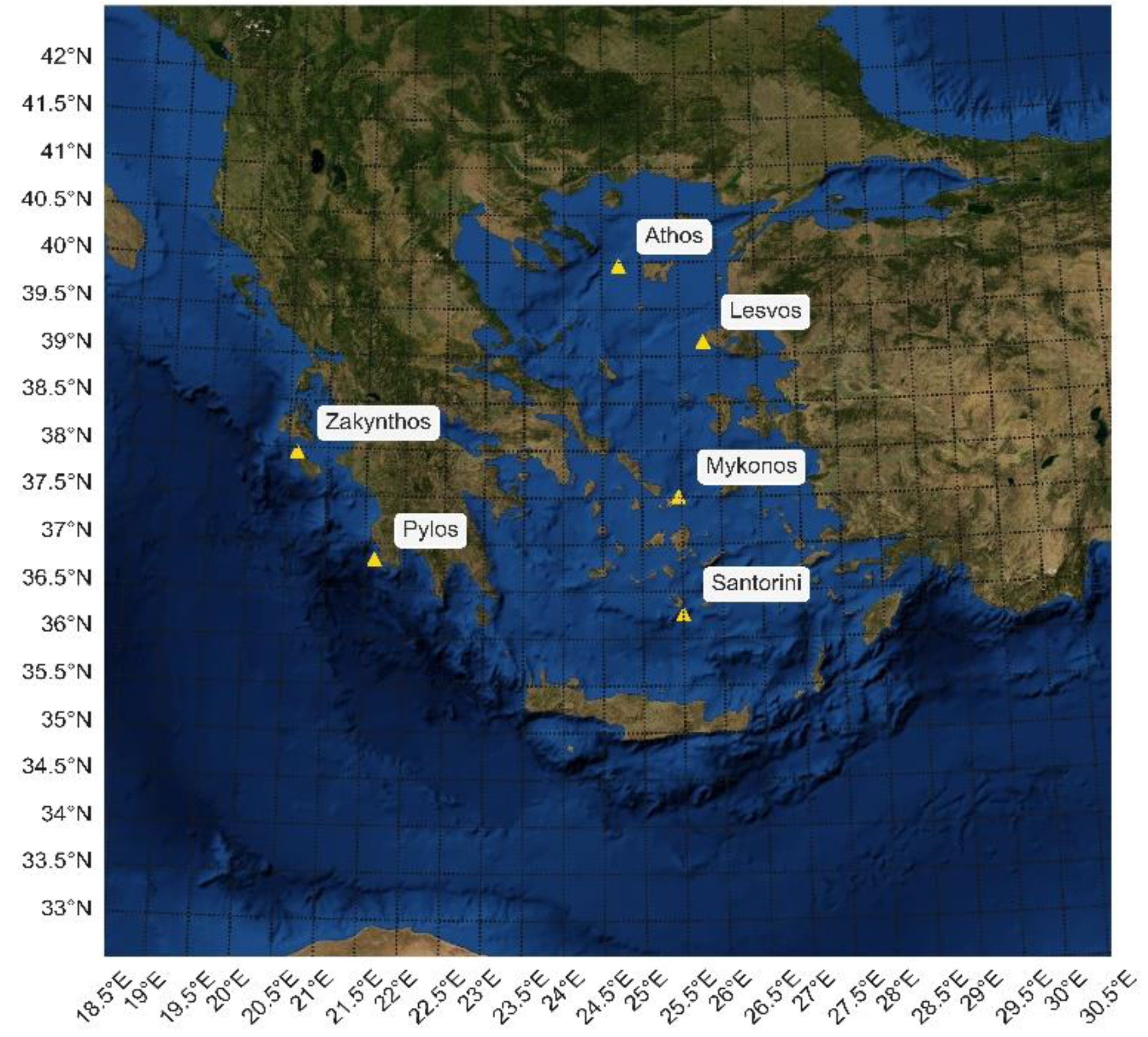
SHOM also hosts SONEL, the GNSS data assembly centre for the Global Sea Level Observing System (GLOSS). The SHOM (Service Hydrographique et Océanographique de la Marine) is the public operator for maritime and littoral geographical information in France.

SHOM provides tide forecasts and data of tide gauges worldwide.

PANGAEA is member of the World Data System and hosted by the Alfred Wegener Institute, Helmholtz Center for Polar and Marine Research (AWI) and the Center for Marine Environmental Sciences, University of Bremen (MARUM). PANGAEA services are generally open for archiving, publishing, and re-usage of data in the field of earth sciences, mainly dedicated to data of oceanographic ecological surveys. They can be used in accordance with the terms of the Creative Commons license selected by the author of data. It is operated by Sismer within the framework of the Odatis. SEA scieNtific Open data Edition is a publisher of scientific data in the field of marine sciences providing global oceanographic datasets. GODAE (Global Ocean Data Assimilation Experiment) Argo server and the French IFREMER (Institute for Research and Exploitation of the Sea) Argo server, who provide near real-time Argo data. NCEI also hosts the Global Argo Data Repository containing data of the Argo Ocean Profiling Network assembled by the U.S. NCEI offers users access to over 26,000 datasets and products. NOAA's National Centers for Environmental Information (NCEI), including the US National Oceanographic Data Center, manages one of the largest archives of atmospheric, coastal, geophysical, and oceanic research in the world. A list of marine data repositories is provided.

This network has been able to collect, control the quality of, and archive millions of ocean observations, and makes these available to Member States. During the past 50 years, IOC Member States have established over 80 oceanographic data centres in as many countries.

The IODE system forms a worldwide service oriented network consisting of DNAs (Designated National Agencies), NODCs (National Oceanographic Data Centres), RNODCs (Responsible National Oceanographic Data Centres) and WDCs (World Data Centres – Oceanography). Data comes from satellites, in-situ (direct ocean sampling), and numerical models that cover the global ocean. Copernicus offers ocean hindcast (historical) and forecast data. The Copernicus Marine Service (or Copernicus Marine Environment Monitoring Service) is the marine component of the Copernicus Programme of the European Union that provides free, regular and systematic information on the state of the ocean, on a global and regional scale.


 0 kommentar(er)
0 kommentar(er)
